At some point, every car requires new tires. Since you want to budget accordingly, it’s important to know how much does it cost to replace your tires?
In this guide, we cover the varying factors that influence the new tire price. We also give you a few tips that may help you save some money.
How Much Do New Tires Cost?A new set of four tires will usually cost you between $400 and $1500, depending on the type of tire, vehicle, quality and where you get them installed. If you choose cheap tires, you may be able to spend $50 each, but on some vehicle types, you can easily spend $1500 or more on a new set of tires.
Now that we have the quick answer to the general cost of new tires, let’s take a closer look at the factors that affect the cost.
Factors Affecting Cost to Replace Your Tires1. Tire SizeThe biggest factor affecting your expense will be the size of the tire you need. You can find tires in all sizes, meant for a multitude of purposes. If you have a compact car, you will have the cheapest tires available, maybe even $50 each.
Of course, high-performance cars, large pickup trucks, specialty off-road vehicles, and SUVs will naturally cost more. A good rule of thumb is that the larger the tire is, the more you can expect to pay for it.
2. BrandThere are just as many tire brands as there are sizes. Many tire shops specialize in one budget brand and carry a multitude of name brands.
You will spend far less to go with the no-name brand, but you need to think about the quality. After all, if you save money today by choosing this brand, does it really pay off if you have to replace the tires again prematurely? You may also get a much longer mileage warranty with quality tires, than with inexpensive tires.
If you choose a premium tire brand such as Michelin, Continental, Goodyear, Bridgestone, you will of course pay much more, but you know that you will get quality tires that last a long time and keep your vehicle on the road.
RELATED: 6 Worst Tire Brands to Avoid Buying
3. Installation CostMost tire shops do not make a lot of money on the tire installation. The job itself doesn’t take long and the price can often be included with the cost of the tires.
On average, you can expect most shops to tack on about $20-$40 per tire for the installation. However, if you visit a warehouse club, that expense could be even less.
4. Tire DisposalYou don’t get to leave your old tires with the shop without paying a price. These shops must pay to have them recycled, so that cost gets passed down to you.
On average, the tire disposal fees will be between $2 and $10 per tire to dispose of them. If you would rather save this money, you can get rid of them yourself.
5. Road Hazard/Warranty ProtectionOn top of the regular price paid for your tires, you may choose to add some extra warranty protection. With road hazard protection, you are covered if your tires get a hole or blow out.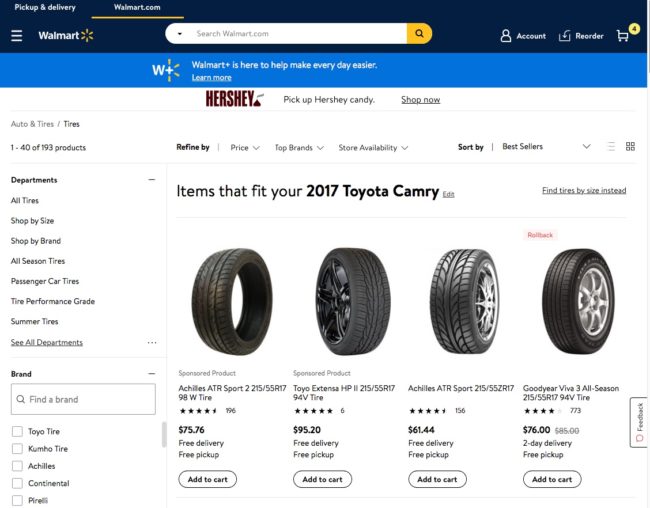
However, you must be careful who you choose to get road hazard through. Not all companies are going to follow through on the agreement, leaving you paying for protection that doesn’t matter when something actually goes wrong.
6. Wheel AlignmentWhen your new tires are installed, you will need to get a wheel alignment. Having properly aligned tires ensures that they last as long as possible.
You might pay between $75 and $200 to have the wheels aligned, depending on how many need to be done. However, this money can be seen as an investment, ensuring that your tires continue to provide reliable transportation.
How to Save Money on Tires1. Shop AroundThe most important factor is shopping around. You can call one location and get a price on a particular set of tires and the cost is completely different somewhere else, even though they are the same tires.
When you are shopping around, keep a couple of costs in mind. You will have the cost of the tires, the cost of installation and any fees that the company charges. Ask for the “out the door” price, so you can compare it apples-to-apples.
You will have the cost of the tires, the cost of installation and any fees that the company charges. Ask for the “out the door” price, so you can compare it apples-to-apples.
RELATED: How Much Do Rims Cost?
2. Watch for SalesYou can get a great deal if you shop during a sale. Of course, it’s not always convenient to wait for the next sale, but if you have some time before the tires need to be changed, this is a great way to save.
Throughout the year, tire shops will offer various sales. You can take advantage of a Buy 3, Get 1 Free deal or enjoy a certain percentage off. Most tire sales correspond with holidays, so you can tell when one might be around the corner.
3. Take Advantage of RebatesTire shops don’t often make a whole lot on the tire, so discounts can be limited. However, the manufacturers are happy to offer rebates throughout the year.
Most of the rebates are through the mail but can be found online. Additionally, the tire shops have the inside scoop on what’s available, so be sure to ask.
Additionally, the tire shops have the inside scoop on what’s available, so be sure to ask.
It’s not always wise to purchase used tires, but the takeoff is something entirely different. These tires were installed brand-new and only used for a couple of days before the customer decided they didn’t want them.
It could be that the client didn’t appreciate the ride or simply decided they wanted something better. Either way, the tire shop will offer the replacement tires at a discounted price, so be sure to ask what’s available, especially if you use a popular tire size.
5. Use All-Season TiresIf you live in a cold climate where a lot of snow falls, you might have two sets of tires. Most people in these regions use summer and winter tires. With two sets of tires, you have a lot more money out, especially every time you need to have them switched.
If you aren’t actually driving in the snow, it might be better to use all-season tires throughout the year.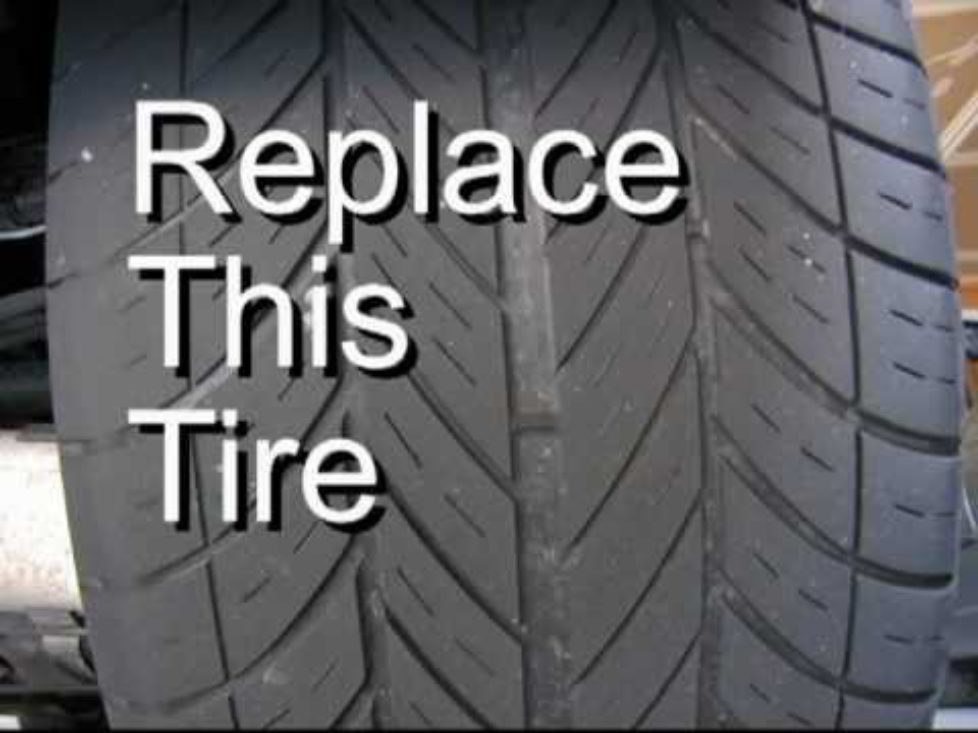 While these aren’t going to get you through deep snow, there’s no sense spending more for something you don’t need. Evaluate your options and see if you can stick to using one set all year long.
While these aren’t going to get you through deep snow, there’s no sense spending more for something you don’t need. Evaluate your options and see if you can stick to using one set all year long.
RELATED: 10 Best All-Season Tires – Review & Buyer’s Guide
The lifespan of a tire will depend on the type of tire, the type of driving you do, and the climate. Generally, tires last between 50,000 and 80,000 miles and 6 years. If you drive a lot in city traffic and brake a lot or live in a hot climate, your tires may wear out sooner. If you often drive around with low tire pressure or a bad wheel alignment, they may also wear down sooner.
If your tire tread depth is close to 2/32” or under, it’s definitely time to replace them. Most tire manufacturers recommend replacing tires every 6 years, regardless of the number of miles driven. This is because tire rubber degrades over time, even if the tires are not used.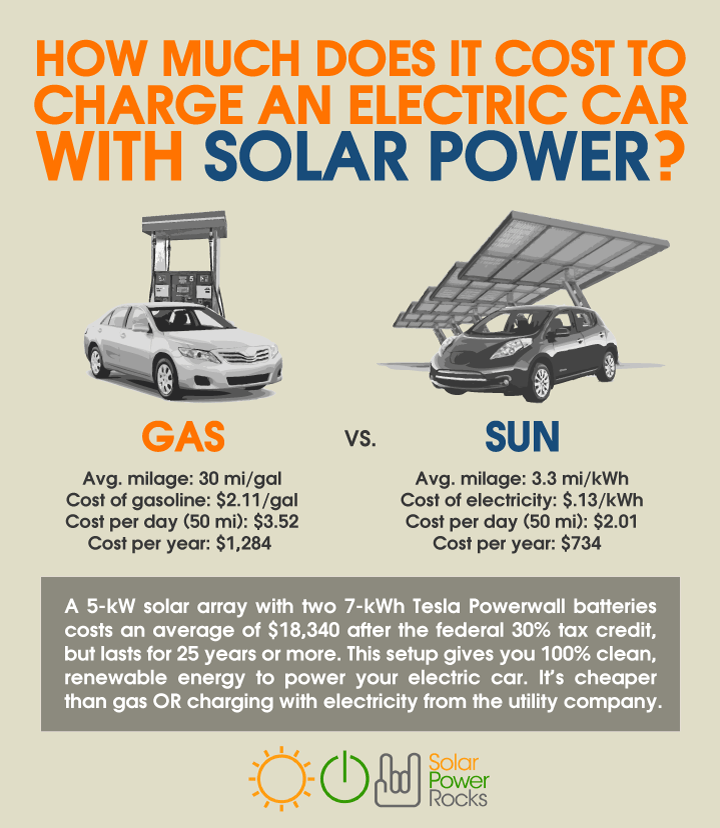 Tires that are more than 6 years old should be inspected by a professional to determine if they are safe to use.
Tires that are more than 6 years old should be inspected by a professional to determine if they are safe to use.
If your car is two-wheel-drive, it’s fine to replace two tires on the same axle instead of four, although you need to consider that your car will handle differently with two new tires than with four. If you are replacing two tires, it is best to put the new or best tires on the rear axle, as this will improve traction and stability.
On many 4WD and AWD cars, however, the diameter of the tires must match, otherwise, you can damage the transmission or the differential. Therefore, it is recommended to replace all four tires on 4WD cars, and it’s a requirement for many car brands like BMW and Audi.
You need to read the tire dimensions on your old tires and take them to the tire shop. You can also call your authorized dealer or check your owner’s manual if the wheels are stock.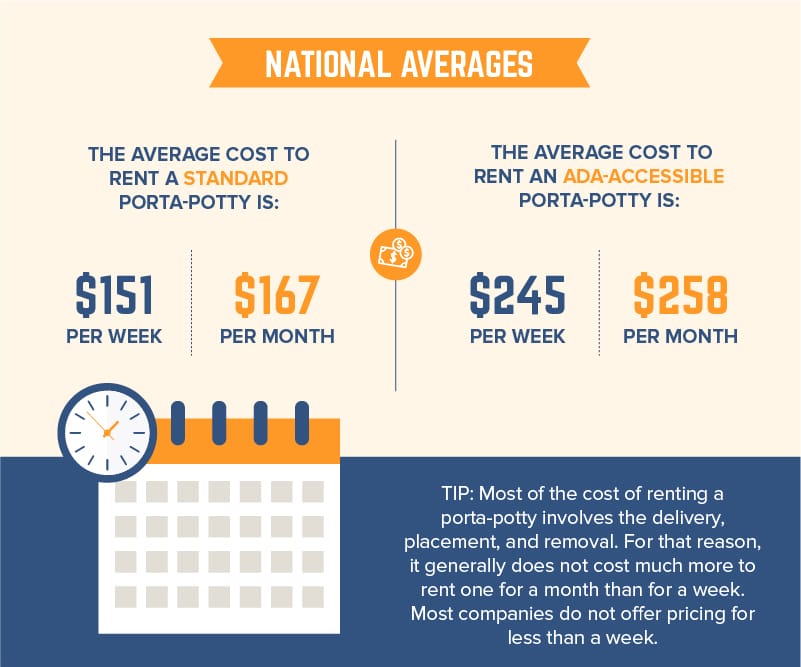
Was this article helpful?
YesNo
Most people get nervous when it’s time to get a new set of tires. You know tires aren’t cheap, but just how much can they cost? And it doesn’t stop here: there are additional service costs, tire disposal fees, installation costs, and road hazard warranty, all of which can make a significant dent in your wallet.
The average cost of tires and installation for economy and sedan cars ranges from $50 to about $75. For sports cars and SUVs, the price jumps significantly to somewhere between $100 and $300 a piece and can even go higher sometimes.
I’ll take you through the process of tire change, balancing, and installation in the next segment of this article. This will help you better understand what goes into a tire change and why professionals charge so much for the service.
» QUICK NAVIGATION «
The price for new tires and installation has changed over the years.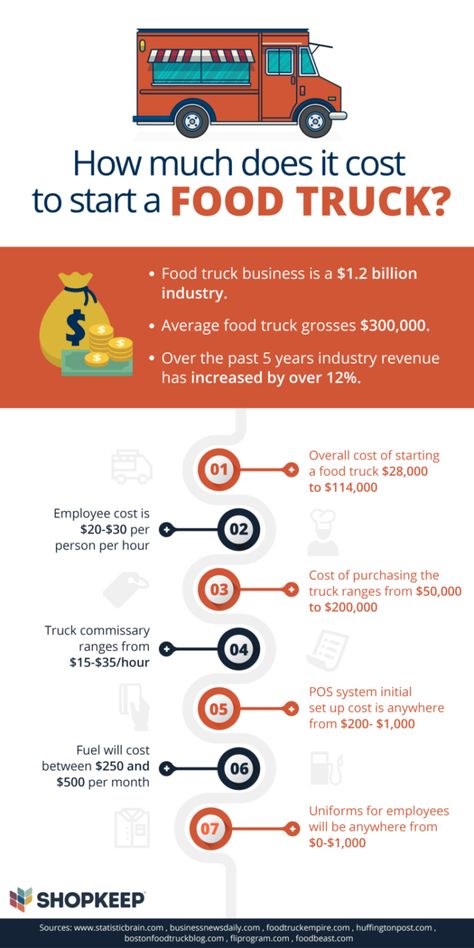 Tires have become more complicated, and the automotive industry regulations are changing rapidly. The discontinuation of lead wheel weights, the adoption of improved tire pressure monitoring systems, and the craving for larger stylish rims have made the process even more complicated and pricey.
Tires have become more complicated, and the automotive industry regulations are changing rapidly. The discontinuation of lead wheel weights, the adoption of improved tire pressure monitoring systems, and the craving for larger stylish rims have made the process even more complicated and pricey.
You can’t install economy or sedan car tires on a sports vehicle, nor can you install SUV tires in a pick-up truck. Based on a car’s rim size, suspension system, and volume, you’ll have to look for specifically sized tires. Moreover, manufacturers recommend specific tire sizes and types, and you should stick to their recommendations if you want to avoid causing severe damage to your car. Remember, each tire size and type has its price tag.
Your best bet in estimating how much the tires and installation will cost would be to contact your mechanic with your exact tire size and type for a price estimate. But what entails the entire tire installation service? And how much does each process cost?
Once you’ve determined that it’s time for new tires, you’ll want to know the correct tire size for your car. You can check your car’s door jamb for tire size information in the car’s manual. Ensuring your tire replacements match the manufacturer’s instructions requires your understanding of how tire size works. The string of numbers you rarely pay attention to on your tires contains tire size information.
You can check your car’s door jamb for tire size information in the car’s manual. Ensuring your tire replacements match the manufacturer’s instructions requires your understanding of how tire size works. The string of numbers you rarely pay attention to on your tires contains tire size information.
Assume the string of numbers and letters on your tire walls is P 225/70R16 91S. Each of these numbers and letters stand for the following:
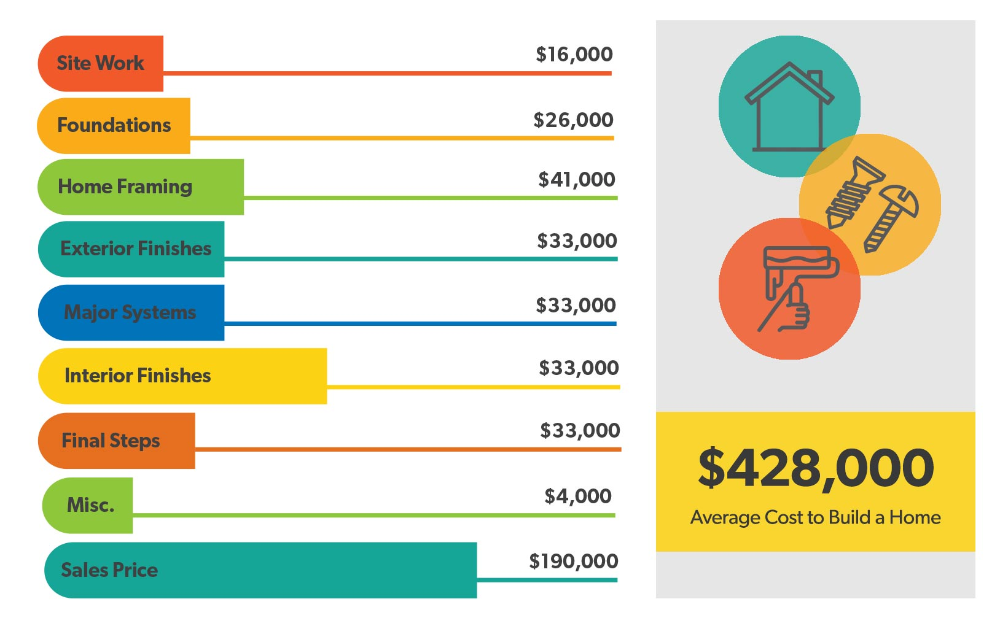 R stands for radial. Others include D and B for Diagonal and Bias Ply, respectively, but Radial construction is the most common in the US.
R stands for radial. Others include D and B for Diagonal and Bias Ply, respectively, but Radial construction is the most common in the US.If you want to change your tire size and type, consult an expert for advice. As you’ve already seen, different tire options have varying load capacities and require different rim widths and diameters.
Of course, I don’t want to delve deeper into the science of tires, so I’ll only focus on the cost aspect: different tire sizes and types will be priced differently.
Below is a table giving cost estimates of the different tire types and sizes:
| Wheel size | All-Season (Average Price) | All-Terrain (Average Price) |
| Small (12”-15”) | $50-$150 a piece | _ |
| Medium (16”-20”) | $100-$250) a piece | $150-$250 |
| Large (18”-26”) | $150-$400 a piece | $200-$1000 |
Regular tire mounting cost is no different across various automotive repair shops.
A professional tire installation service entails professional mounting, installation, and wheel balancing. Proper wheel balancing guarantees optimum tire life and your car’s safety. Incorrectly balanced tires cause unpleasant vibrations and make your tires and suspension wear prematurely.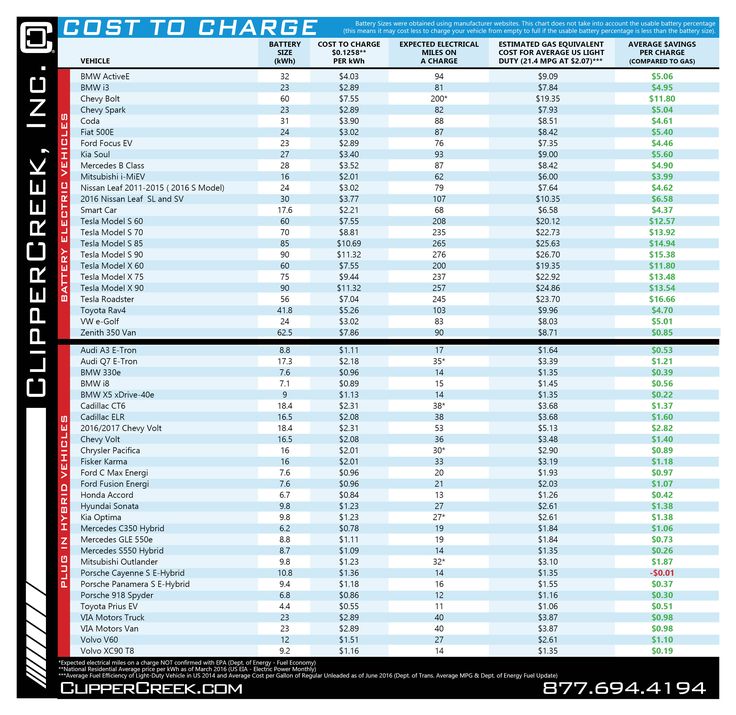
You may also like to check: How Much Does Walmart Charge for Tire Installation?
When you take your car into an auto repair shop, the mechanic starts by unscrewing the wheels from your car. At this point, the mechanic can quickly inspect your brake and suspension systems, but this shouldn’t replace full brakes and suspension system inspections.
The technician should also inspect the condition of the wheel studs and lug nuts to ensure that the wheel is secured safely and firmly. You shouldn’t pay for this; it’s part of the installation.
Once the technician removes the wheel, the next step should be to remove the tire from the wheel (rim). Specialized equipment is needed. The process isn’t for the hands of your regular home mechanic.
First, the technician removes balancing weights and the valve system to deflate the tires. Next, the mounting machine presses the tire out of the wheel, and the mechanic pulls and pries at the tire to carefully detach it from the rim.
The mechanic inspects the wheel for potential damage and cleans it of dirt and debris. Defects to the wheel may affect how well it bonds with the tire and how it will balance when mounted back to the car. The mechanic should also thoroughly clean bead areas where the tire touches the rim.
Newer car models feature a tire pressure monitoring system to keep tabs on air pressure in the tires. The technician should inspect and service the TPMS sensors with new seals for smooth operation. Check whether the TPMS serving cost is included in the installation fee. If not, the TPMS service kit should cost $5-$10 per wheel.
Sometimes the sensors will be faulty and will need replacing. In most cases, TPMS sensor replacement cost isn’t included in the installation fee. TPMS pressure sensors’ cost ranges from $50-$250, depending on your car model.
The technician will then use a tire mounting machine to press the tire bead over the rim, replace the valves, inflate the tire, and check for leaks.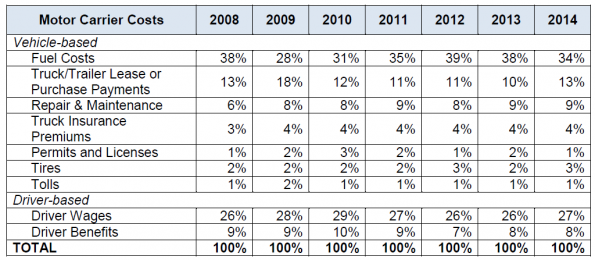 The technician should be careful not to damage the TPMS sensors.
The technician should be careful not to damage the TPMS sensors.
Imbalanced wheels impact your driving experience by causing excessive vibrations, accelerating tire wear, and causing possible damage to the undertrain or suspension system.
The next (and one of the most important steps) is wheel balancing. The technician will use a tire assembly balancing machine to spin the assembly at high speed to detect heavy spots. The machine will pause the spin at the exact spot where weights are needed to balance the wheel. The mechanic will repeat the process until the whole tire assembly is balanced.
Again you should check whether the wheel balancing cost is included in the installation fee. Some repair shops offer a complete package, which is higher than the standard wheel installation cost, and some don’t. Depending on your location and car, you can expect to pay between $40 and $75 for balancing all four wheels.
The technician will then mount each wheel assembly back to the car and torque the lug nuts to the correct tightness. This process is naturally included in the service fee, and you shouldn’t be expected to pay anything extra. While still on the service bay lift, you can request wheel alignment.
This process is naturally included in the service fee, and you shouldn’t be expected to pay anything extra. While still on the service bay lift, you can request wheel alignment.
The technician may also recommend an alignment. Wheel alignment, also known as breaking or tracking, is standard automobile maintenance that involves adjusting the vehicle’s wheel angles back to the automaker’s specifications. Wheels’ alignment angle refers to the wheel’s angle to each other and the vehicle’s body.
Misaligned wheels cause unnecessary wear to the steering, brakes, tires, and suspension. Aligning your wheels will improve the vehicle’s stability, maximize tire life, and improve car handling performance.
It would be best to have your wheels aligned every 6000 miles (10,000 km) or when you start feeling changes in the driving experience or ability to handle the car.
If you lost track of your alignment schedule, make sure you align your wheels if you experience the following:
If wheel alignment isn’t part of the installation package, you can request for the same or if the mechanic sees it fit.
The cost of front-end alignment, which typically involves the two front wheels only, can cost anywhere from $50 to $75. All-wheel alignment costs more, typically from $100 to $150. You can expect to dig your pockets deeper if you own a luxury car.
This Youtube video explains the difference between wheel balancing, rotation, and alignment.
After rechecking everything, the mechanic will lower your car from the lift. Once on the ground, the technician can use a torque wrench to recheck the lug nuts’ tightness to ensure the wheels are stable and firmly fixed as they should be.
Moreover, the tire pressure should be set to correct levels as recommended by the manufacturer on the tires’ placard.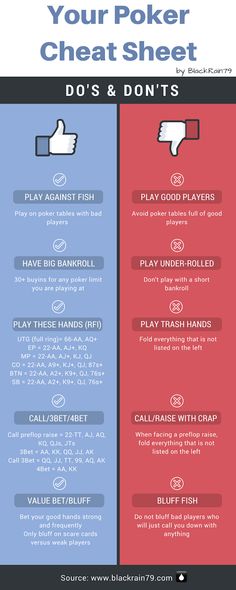
Tire retailers offer a road-hazard warranty to cover you with prorated discounts if your tire is damaged. The warranty comes for a small fee, which might or might not be included in the installation cost.
On the other hand, tire manufacturers offer mileage warranties to guarantee that you won’t have to replace the tires before a specific mileage. Typical mile range is 20,000-80,000 miles.
In return, you must align your wheels regularly and perform rotational maintenance so that the tires don’t wear out prematurely. High-mileage warranty will cost more but will be beneficial if you drive a lot. However, not all tire makers offer mileage warranties, so you’ll want to ask about this when choosing the make of your tire replacement.
Tires are hazardous waste, and disposing of your worn-out tires will cost you anywhere from $2 to $6. The cost varies depending on whether you dump them off at a recycling facility or pay a tire dealer to dump them for you. You can also generously donate them to someone who needs them.
You can also generously donate them to someone who needs them.
Your busy schedules shouldn’t stop you from checking your tires thoroughly for wear and damage. But how would you know they need replacing?
You can try this Steelman Digital Tire Tread Gauge available on Amazon.com. It reads tread depths from 0-25mm or 0-1 inch.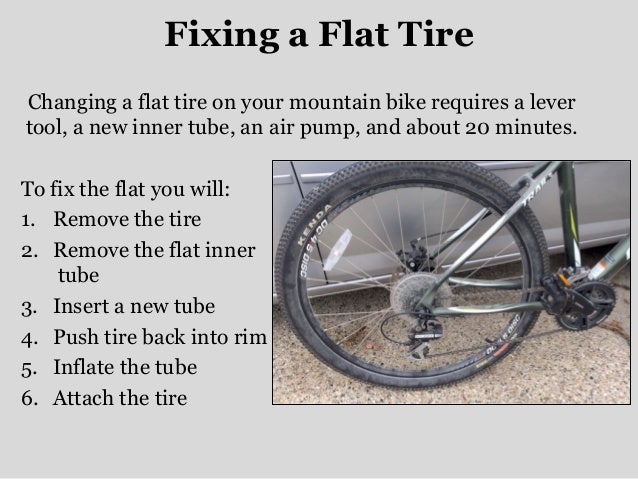
A lot goes into maintaining a car, and taking care of your tires is an essential part of the process. They are the components that carry the vehicle and are thus prone to wear and damage.
Replacing tires costs money, as does maintaining your car’s suspension system. The cost of replacing and installing new tires will depend on your car’s tire size and type. And, of course, your car model matters too.
RELATED POSTS:
SHARE ON:
Cars | ||||||||||||||
| Service name | RI2-RI3 | R14 | R15 | R16 | R17 | R18 | R19 | R20-R23 | to R 26 | |||||
| Removal and installation of 1 wheel | 80 | 80 | 95 | 115 | 140 | 160 | 185 | 205 | 230 | |||||
| Mounting/removing 1 wheel | 45/90 | 70/140 | 85/170 | 115 /230 | 140/280 | 150/300 | 165/330 | 185/370 | 200/400 | |||||
| Fitting/removing 1 RunFlat wheel | 105/210 | 140/280 | 170/340 | 200/400 | 275/550 | 300/600 | 320/640 | 360/720 | 400/800 | |||||
Fitting/removing 1 low profile wheel (45, 40.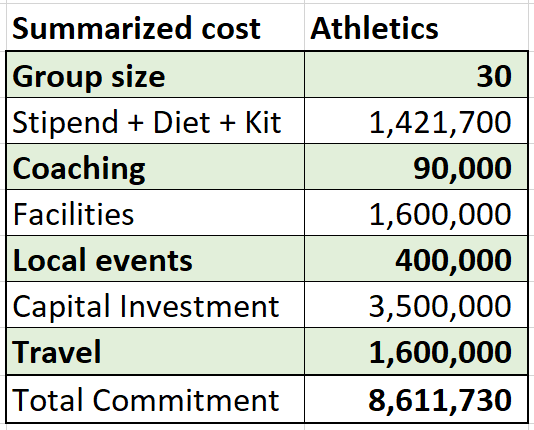 ..) ..) | 60/120 | 90/180 | 115/230 | 150/300 | 185/370 | 200/400 | 220/440 | 240/480 | 265/530 | |||||
| Fitting/removing 1 low profile wheel (45, 40...) RunFlat | 125/250 | 170/340 | 210/420 | 250/500 | 335/670 | 355/710 | 390/780 | 440/880 | 450/900 | |||||
| Balancing 1 wheel (including load) | 115 | 125 | 160 | 215 | 265 | 275 | 275 | 285 | 345 | |||||
| Total (4 pieces) | 1150 | 1380 | 1700 | 2240 | 2710 | 2940 | 3130 | 3450 | 3910 | |||||
| Total (4 pcs) RunFlat | 1610 | 1930 | 2380 | 2900 | 3790 | 4120 | 4380 | 4830 | 5470 | |||||
Sum (4 pcs) low profile (45, 40.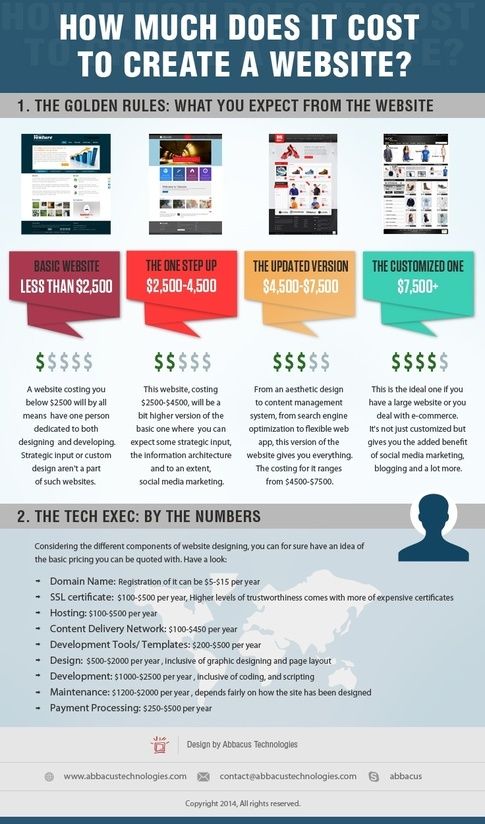 ..) ..) | 1270 | 1560 | 1910 | 2520 | 3100 | 3340 | 3600 | 3880 | 4420 | |||||
| Sum (4 pcs) low profile (45, 40...) RunFlat | 1780 | 2180 | 2670 | 3290 | 4280 | 4580 | 4930 | 5470 | 5900 | |||||
| Imbalance optimization 1 wheel | 200 | 250 | 300 | 350 | 400 | 400 | 450 | 450 | 600 | |||||
| Vulcanization 1 wheel | 800 | 800 | 850 | 1100 | 1200 | 1200 | 1400 | 1400 | 1800 | |||||
Vans and SUVs | ||||||||||||||
| Service name | R15 | R16 | R17 | R18 | R19 | R20 - R22 | up to R 26 | |||||||
| Removal and installation of 1 wheel | 105 | 120 | 150 | 185 | 210 | 235 | 265 | |||||||
| Mounting/removing 1 wheel | 95/190 | 135/270 | 150/300 | 175/350 | 185/370 | 210/420 | 230/460 | |||||||
| Mounting/removing 1 wheel RunFlat | 190/380 | 230/460 | 305/610 | 345/690 | 365/730 | 415/830 | 455/910 | |||||||
Fitting/removing 1 low profile wheel (45, 40.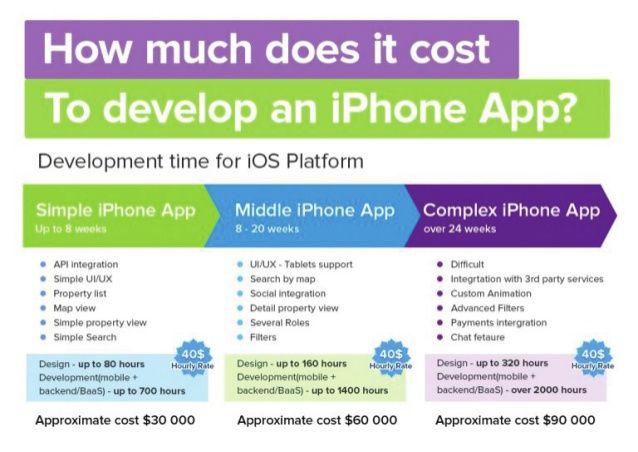 ..) ..) | 120/240 | 160/320 | 200/400 | 220/ 440 | 240/480 | 275/550 | 300/600 | |||||||
| Fitting/removing 1 low profile wheel (45, 40...) RunFlat | 225/450 | 285/570 | 365/730 | 410/820 | 445/890 | 505/1010 | 555/1110 | |||||||
| Balancing 1 wheel (including load) | 180 | 220 | 295 | 315 | 325 | 335 | 400 | |||||||
| Total (4 pieces) | 1890 | 2440 | 2990 | 3380 | 3590 | 3980 | 4490 | |||||||
| Total (4 pcs) RunFlat | 2650 | 3190 | 4190 | 4730 | 5030 | 5570 | 6290 | |||||||
Sum (4 pcs) low profile (45, 40. ..) ..) | 2090 | 2640 | 3360 | 3750 | 4050 | 4490 | 5060 | |||||||
| Sum (4 pcs) low profile (45, 40...) RunFlat | 2930 | 3610 | 4700 | 5250 | 5670 | 6290 | 7080 | |||||||
| Imbalance optimization 1 wheel | 330 | 385 | 440 | 440 | 460 | 495 | 800 | |||||||
| Vulcanization 1 wheel | 950 | 1200 | 1300 | 1300 | 1500 | 1500 | 1900 | |||||||
Other work | |
| Single wheel wash/cleaning | 60 |
| Replacement spool | 35 |
| Wheel geometry test | 60 |
| Wheel leak test | 60 |
| Camera repair (1 damage) | 60 |
| Sealing | 120 |
| Tire recycling | 120 |
| Tire pack | 25 |
| Tire storage (per day per wheel) | 120 |
Repair of one wheel (puncture) | |
| Harness | 130 |
| Fungus | 230 |
| Patch | 300 |
| Valve installation | 55 |
| Camera removal/installation | 60 |
Consumables | ||
| Regular valve | 35 | |
| Chrome valve | 72 | |
| Cap | 12 | |
CAR TIRE STORAGE (6 months) | ||
| The most favorable conditions for our customers! | ||
| Radius | Without discs | With discs |
| 13-15R | 2300 | 2800 |
| 16-18R | 2500 | 3000 |
| With 19R and above | 3000 | 3500 |
The cost of tires for tires
Removal of the wheel puncture
300 rub
R-13 4 pcs
1300 RUB
SHOP
1600 RUB 900 RUBSITA 1600 rub
Hinomontazh R-16 4 pcs
1800 rub
Shinomontazh R-17 4 pcs
1800 rub
R-18 4pcs
3400 rub
10012821283
2300/2800
Radius 16-18
without discs/s discs
2500/3000
radius from 1
without discs/s discs
3000/3500
This section contains and updated all prices for tire services in 2020, our price list contains all the relevant information necessary to clarify the cost of work.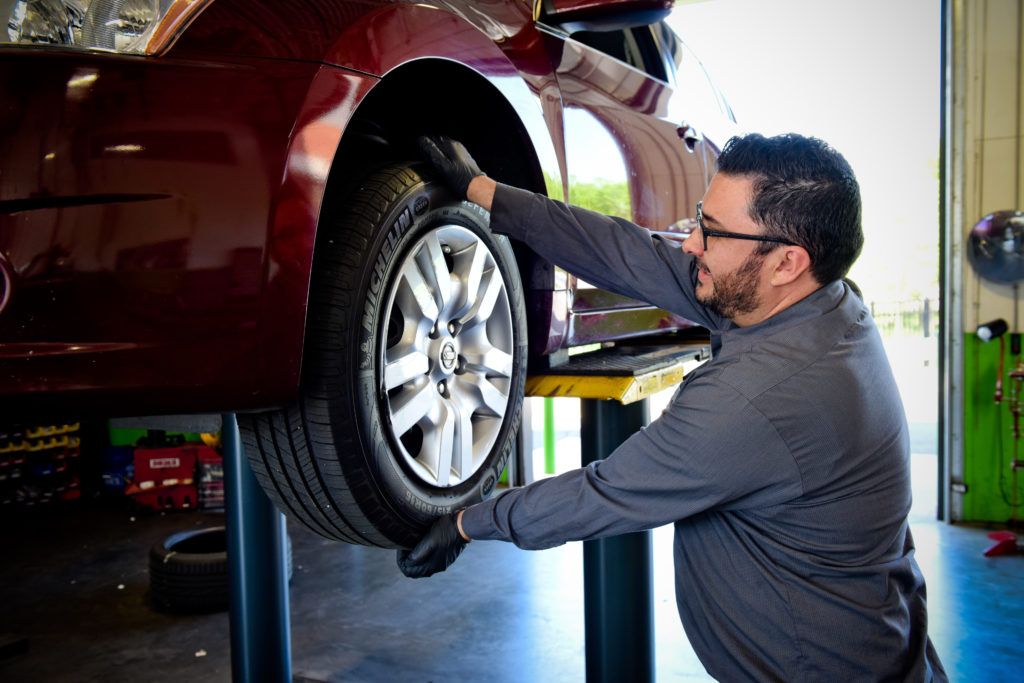
Tire fitting is a fairly simple procedure, but a lot depends on the quality of its implementation: how the car will behave on the road, how long the tires will last. Fuel consumption even indirectly depends on the quality of work. Therefore, it is important to ensure that all stages of work are carried out competently and professionally.
removing wheels from a car
removing tires from rims;
installing new tires on rims;
inflation;
balancing;
installation on a car.
The machine must be raised to remove the wheels. The easiest way to install a tire is to raise the car on a platform, lift or jacks. If you work with a jack, you will need to ensure that the car is level. And on a platform or lift, the masters have access to all wheels at the right height at once.
The wheel is removed and then washed or cleaned. Working with a dirty wheel can interfere with the normal process, so it needs to be cleaned of dirt.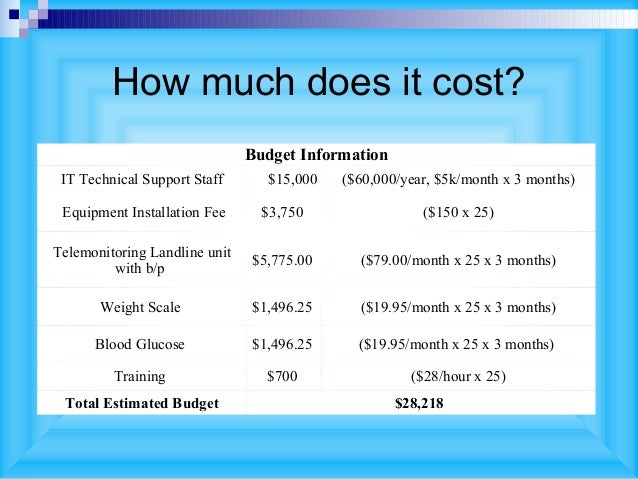 Nord uses a washing machine for this, thanks to which the wheel can be completely cleaned in seconds.
Nord uses a washing machine for this, thanks to which the wheel can be completely cleaned in seconds.
To remove a tire, you must first deflate it by unscrewing the valve. After that, the tire is squeezed out with special tools in a circle. If you squeeze it in one place and try to remove it, you can damage the sides or the valve. A phased spin allows you to remove the tire as accurately as possible.
Then we start mounting the new tire on a special machine. It is put on carefully, pressing in the same way in a circle until it snaps into place. All work starts from the inside. The tire is lubricated with mounting grease so that the beading is successful. Our master examines it, determining the degree of wear and the presence of possible damage.
The tire must then be inflated. This is done in several stages. Having pumped up the tire slightly, master Nord makes sure that it fits exactly into its seat. Then it pumps up to the desired state and balances.
Before installing the wheel, the technician inspects the brake discs and cleans the mating surface and studs with a brush if necessary.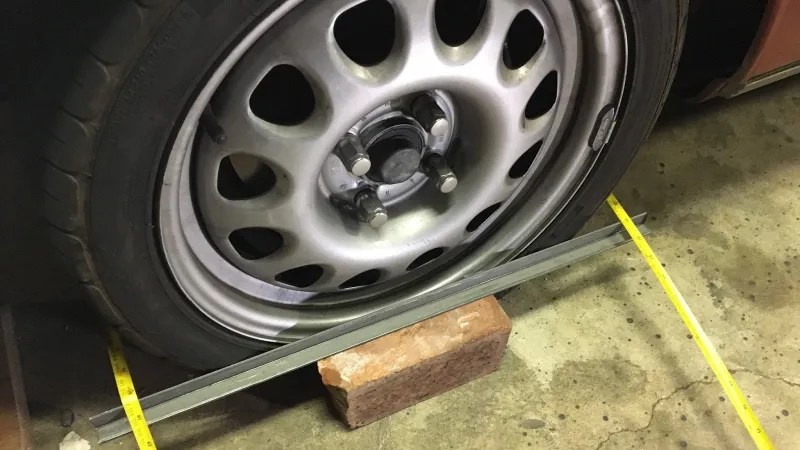 Then, copper grease is applied to the place where the disc contacts the rim, the wheel is installed and bolted. The bolts are twisted crosswise in a few steps so that they stand up straight.
Then, copper grease is applied to the place where the disc contacts the rim, the wheel is installed and bolted. The bolts are twisted crosswise in a few steps so that they stand up straight.
When working with tires, the master must check how tight they are. He should also inspect for significant tire damage. The disk is also carefully inspected - it must be cleaned of any kind of contaminants, checked for axial or end runout.
Modern equipment allows Nord Service to easily and quickly perform tire fitting in 2020 without compromising the quality of work.
Victoria Umanets
November 26, 2020
November 26, 2020
When it is worth changing summer tires to winter tires always tells drivers Since there are no legal norms at what time to do this. And although we are not promised snow yet, I would not recommend waiting for it in order to change the shoes of your car. It is a bad idea. After all, on a slippery road it is very easy to lose control of the car. And then you have to go to the service station not only to replace tires, but also to repair the body.
And although we are not promised snow yet, I would not recommend waiting for it in order to change the shoes of your car. It is a bad idea. After all, on a slippery road it is very easy to lose control of the car. And then you have to go to the service station not only to replace tires, but also to repair the body.
Everyone knows that it is time to change tires when the average daily temperature has reached 7 degrees. It was then that summer tires no longer “work”. It is very dangerous to ride them. So how much does it cost to change a car in 2020? How much will you have to pay for replacing summer tires with winter ones in Kyiv, Dnipro, Lvov, Vinnitsa, Zaporozhye and other cities of our country. From this article you will find out the prices in each region.
Pick up tires and wheels for car
Usually, car owners turn to tire fitting when they have one set of wheels and two sets of tires. That is, the tires need to be reboarded.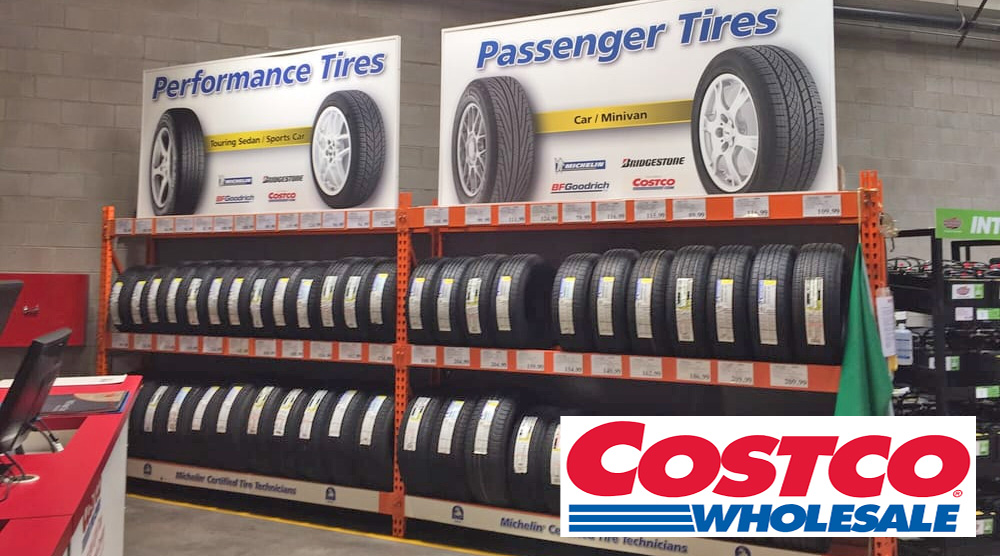 This procedure implies that the tire fitting worker will remove the summer kit and put on the winter one. It also needs to be balanced. This is standard procedure. It happens that even the disks need some kind of repair or cleaning. You will have to pay extra for this separately. If you just stopped by to “change shoes”, be prepared to spend about 40 minutes of your time. True, if you come by appointment. On a first-come, first-served basis, time can stretch for several hours.
This procedure implies that the tire fitting worker will remove the summer kit and put on the winter one. It also needs to be balanced. This is standard procedure. It happens that even the disks need some kind of repair or cleaning. You will have to pay extra for this separately. If you just stopped by to “change shoes”, be prepared to spend about 40 minutes of your time. True, if you come by appointment. On a first-come, first-served basis, time can stretch for several hours.
Is there a price difference depending on the tire diameter?
Yes. I will give statistics on the example of Vinnitsa car services. Having taken an interest in prices, I can say that on average it turns out like this:
Statistics given for passenger cars - tire change on light alloy wheels (R16) plus balancing.
By the way, the price also depends on the class of the car.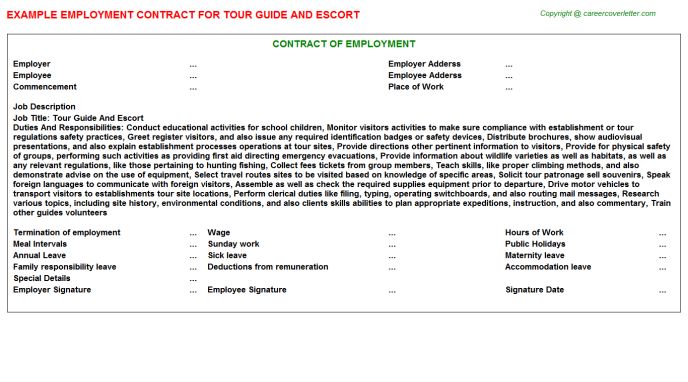 For SUVs, SUVs, minivans will be more expensive. It turns out that the larger the car and the size of the wheels itself, the more expensive. But from the type of disks - casting or steel - the price practically does not change. If your tires are on steel rims, the price remains either the same, or the difference fluctuates around minus 20-50 hryvnia.
For SUVs, SUVs, minivans will be more expensive. It turns out that the larger the car and the size of the wheels itself, the more expensive. But from the type of disks - casting or steel - the price practically does not change. If your tires are on steel rims, the price remains either the same, or the difference fluctuates around minus 20-50 hryvnia.
Below on the chart you will see the prices in the regional centers of Ukraine. They are average for passenger cars on alloy wheels (R16). That is, you need to understand what can be a little cheaper or a little more expensive. There are cities that stand out with the highest prices. But in principle, plus or minus is the same throughout Ukraine.
Somehow, unexpectedly for me, it turned out to be the most expensive thing to wear a winter set in Lviv and Zhytomyr - 500 UAH and 490 UAH, respectively. Khmelnitsky also stood out - 460 UAH, Kyiv - 450 UAH, Dnipro - 430 UAH. The cheapest is in Chernihiv - 340 UAH and Sumy - 350 UAH. However, see for yourself:
However, see for yourself:
| City | Price (UAH) |
| Vinnitsa | 380 |
| Dnepr | 430 |
| Zhitomir | 490 |
| Uzhgorod | 360 |
| Zaporozhye | 370 |
| Ivano-Frankivsk | 380 |
| Kyiv | 450 |
| Kropyvnytsky | 360 |
| Lviv | 500 |
| Lutsk | 360 |
| Nikolaev | 370 |
| Odessa | 410 |
| Poltava | 360 |
| Rivne | 400 |
| Sumy | 350 |
| Ternopil | 370 |
| Kharkiv | 400 |
| Kherson | 380 |
| Khmelnitsky | 460 |
| Cherkasy | 370 |
| Chernivtsi | 400 |
| Chernihiv | 340 |
When calling service stations, some immediately offered discounts or some related services. For example - a 20% discount on air conditioning maintenance in the spring, if they have their tires rebuilt now. And several tire shops said they could keep the winter tires for storage. In Vinnitsa, it costs about 100 UAH per month for 4 wheels without discs. Very handy if you have nowhere to store them at home. Because storage conditions are very important. It must be dry and clean. Tires must be laid in the correct position so that they do not experience uneven pressure and do not deform during downtime. And before that, they need to be washed and dried.
For example - a 20% discount on air conditioning maintenance in the spring, if they have their tires rebuilt now. And several tire shops said they could keep the winter tires for storage. In Vinnitsa, it costs about 100 UAH per month for 4 wheels without discs. Very handy if you have nowhere to store them at home. Because storage conditions are very important. It must be dry and clean. Tires must be laid in the correct position so that they do not experience uneven pressure and do not deform during downtime. And before that, they need to be washed and dried.
Pick up tires and wheels for car
Well, friends, I hope the information was useful for you. If so, please like. I would like to know how much it costs to replace tires on wheels in your city. After all, I really hope that you have already done this. Share with us in the comments.
If you liked the article - put "like", if you have any questions - write in the comments and we will answer them.